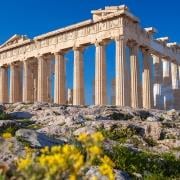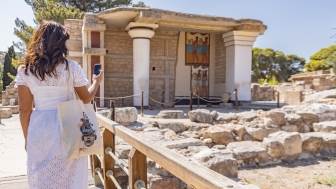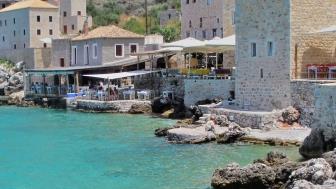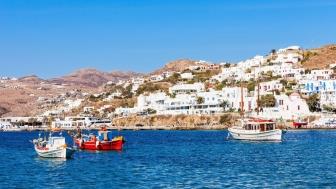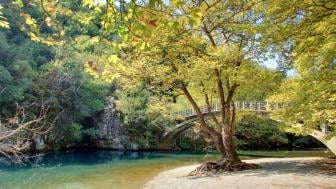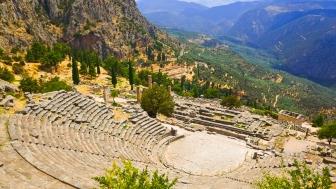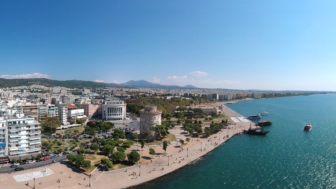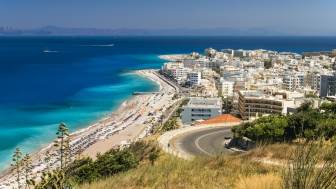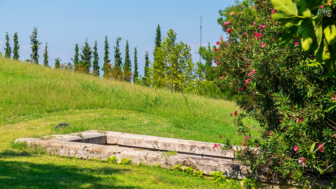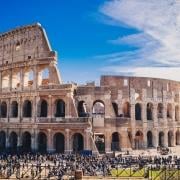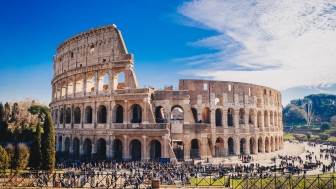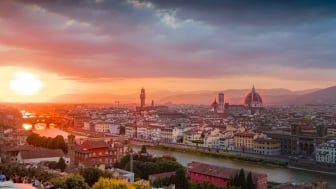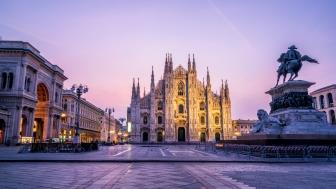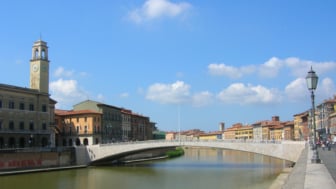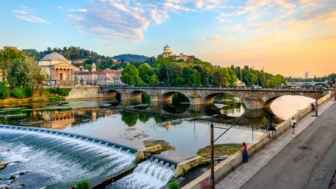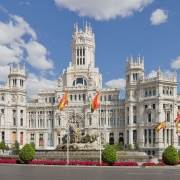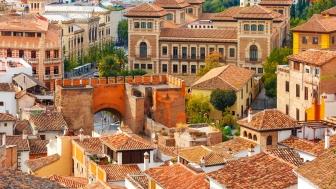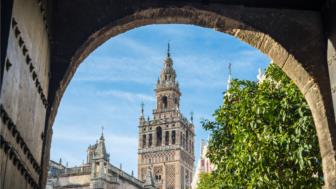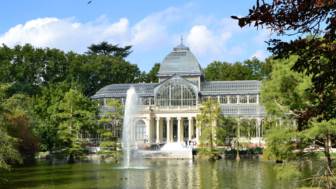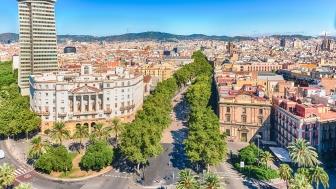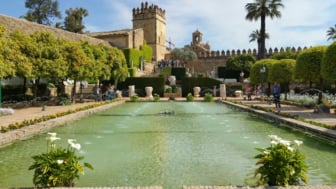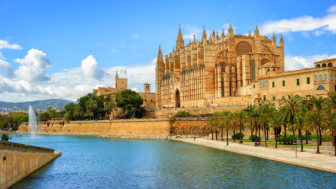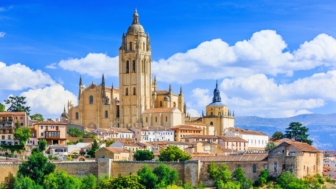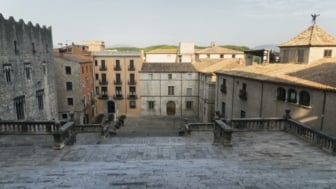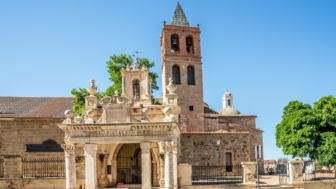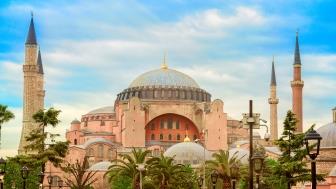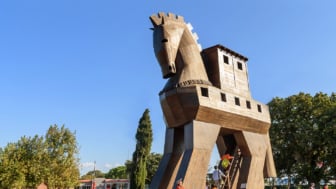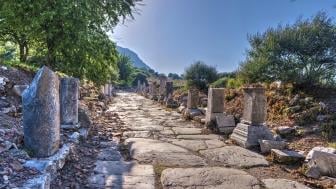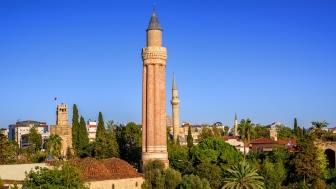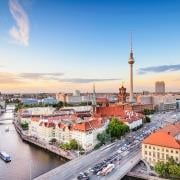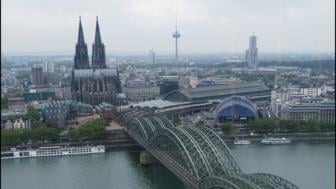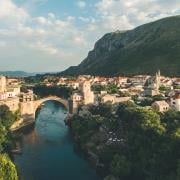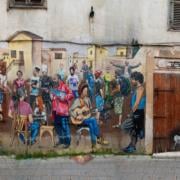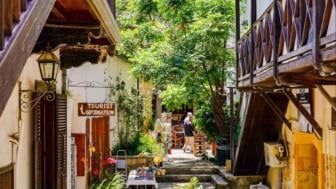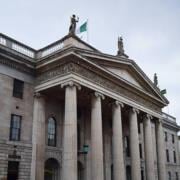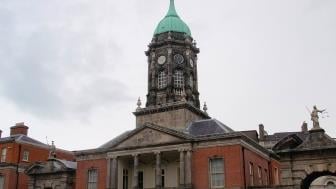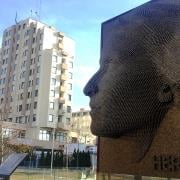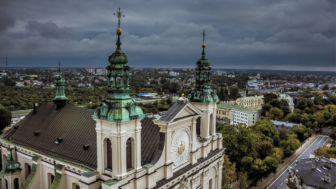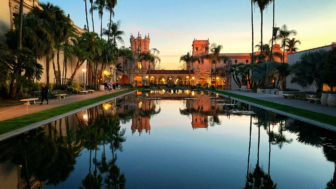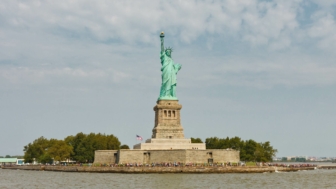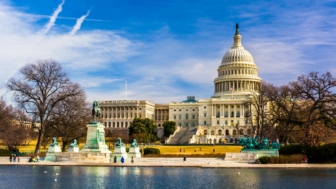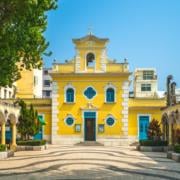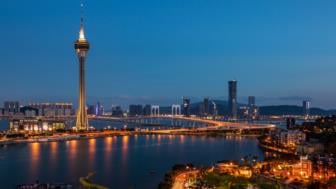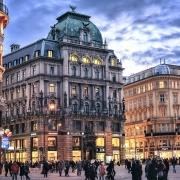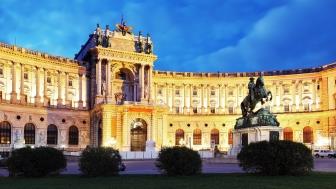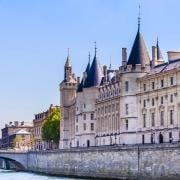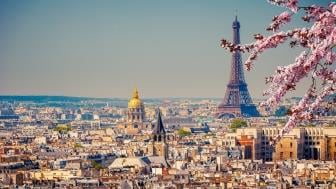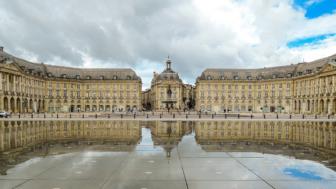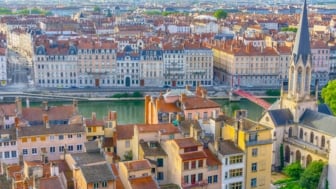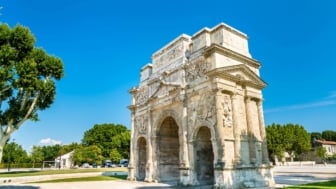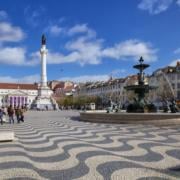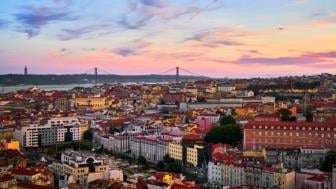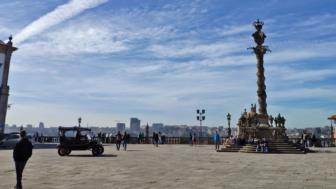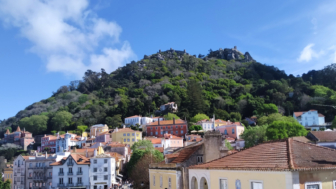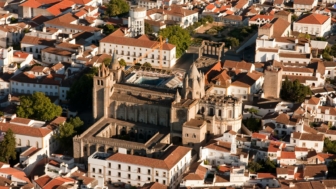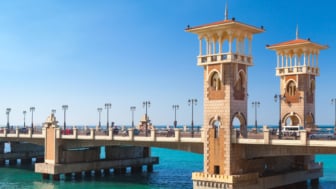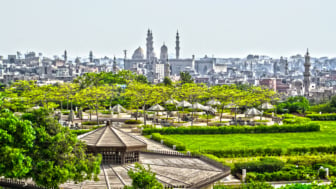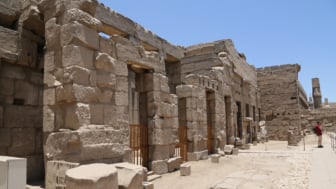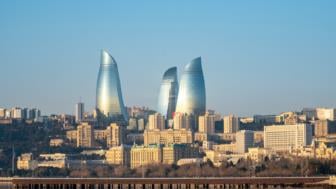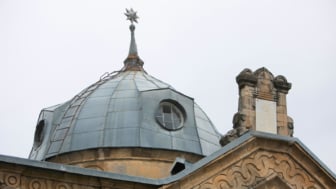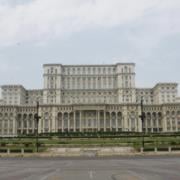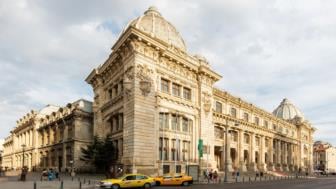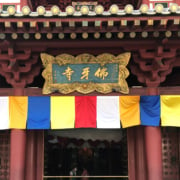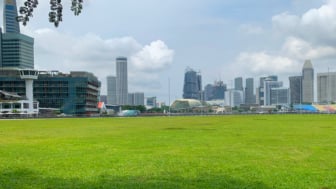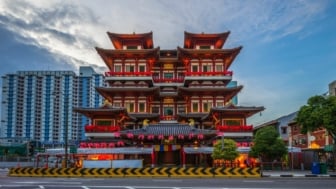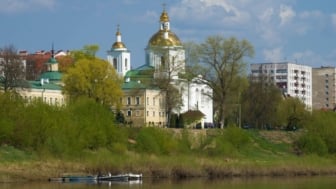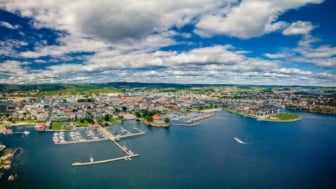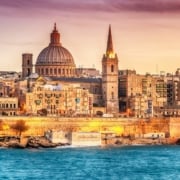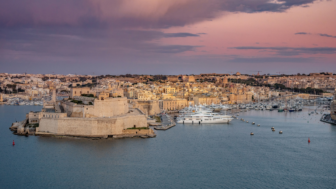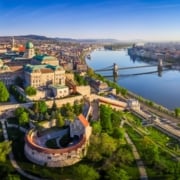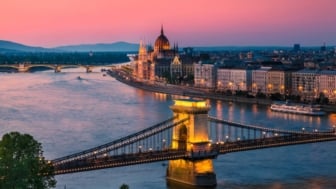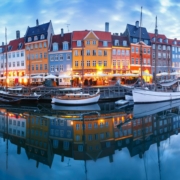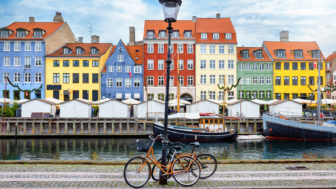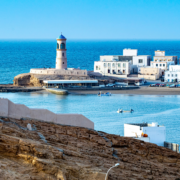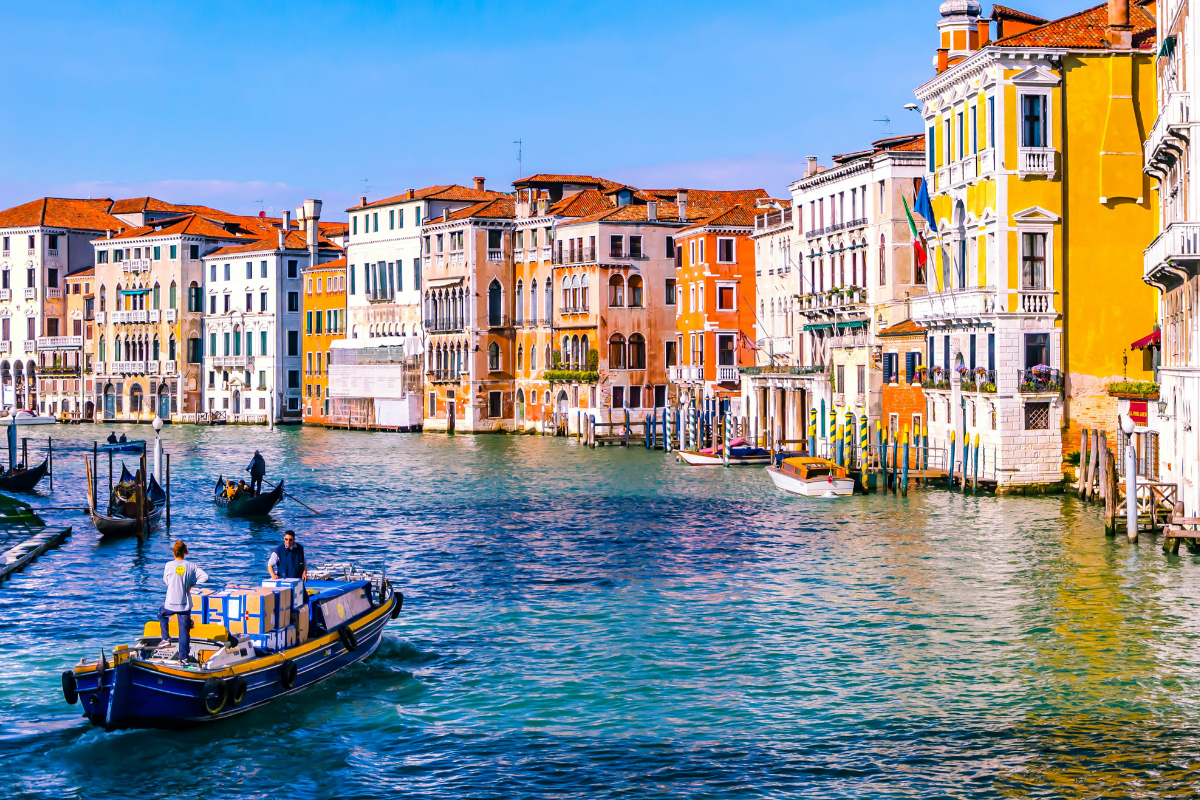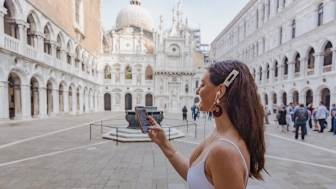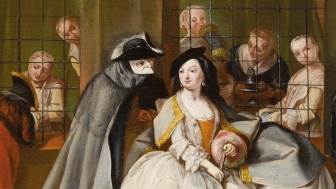From glass making and food tasting to sightseeing, and mask making, there are just so many things to do in Venice. Dive into the wonders of the magical Italian and get prepared to be enchanted. Here are the top 10 things to do in Venice for a memorable journey.
The Italian city of Venice is famous for its exquisite beauty. It is situated on a group of 118 small islands that are separated by canals and linked by over 400 bridges, which is why it is known as the City of Water, City of Bridges, and City of Canals. La Serenissima, another name for the beautiful city, means Most Serene. It was a Byzantine title, bestowed upon the Doge and the Signoria at first, then extended to the entire Republic of Venice.
The city is not only popular for its canals and bridges, but it is also known as the City of Masks. Venetian masks are a long tradition and they are typically worn during the Carnival (Carnival of Venice). However, in the past, they have also been used on many other occasions, often for hiding the wearer’s identity and social status.
Explore the scenic canals
Dubbed as the City of Canals, Venice is the perfect place to take a boat tour with the traditional gondolas. The Grand Canal, known as Canale Grande in Italian, is the main waterway of Venice. The canal is a natural channel that traces a reverse-S course from San Marco Basilica to Santa Chiara Church and divides the city into two parts. The Grand Canal is made up of 4 bridges: the Scalzi Bridge, the Accademia Bridge, the Rialto Bridge, and the Costituzione Bridge, also known as the Calatrava bridge. Take a gondola ride by the day to see the city from the water or at night for a romantic boat tour.

Walk on the Rialto Bridge
The Rialto Bridge, also known as Ponte di Rialto in Italian, is a stone-arch bridge crossing over the narrowest point of the Grand Canal in the heart of Venice. Built in the 16th century, the Rialto Bridge is renowned as an architectural and engineering masterpiece of the Renaissance. Antonio da Ponte and his nephew, Antonio Contino were selected to design the historic bridge following a design competition.
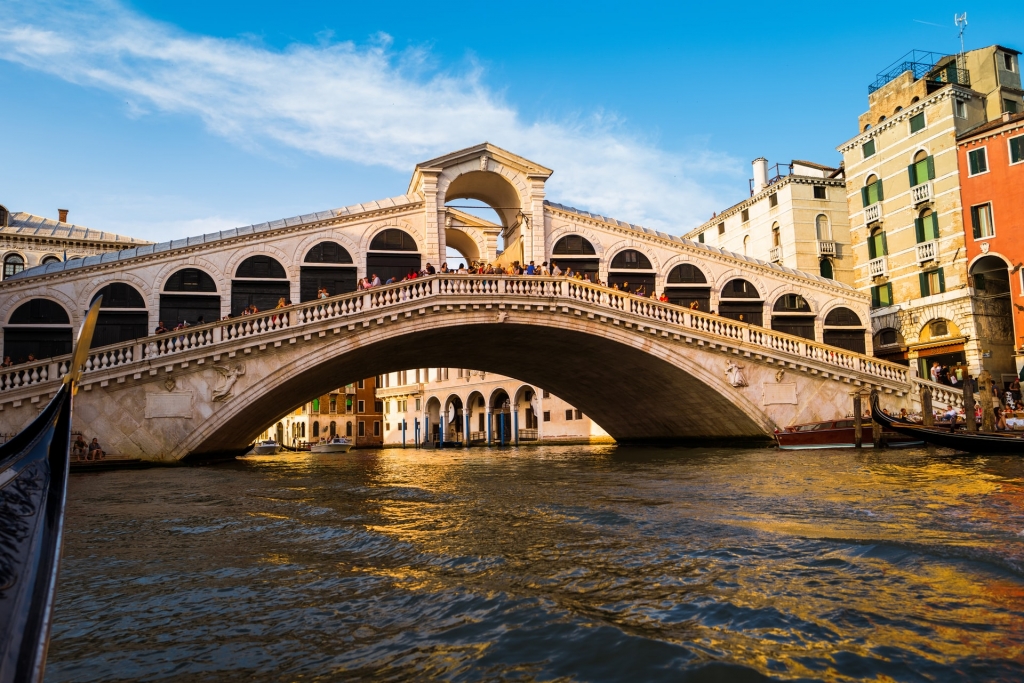
Mingle with locals at St. Mark’s Square and visit Basilica di San Marco
St. Mark’s Square (Piazza San Marco) is the place in Venice everyone comes to see and be seen. Life has revolved around this piazza since the days of the Republic when it was still a market. Considered one of the finest squares in the world and certainly Venice’s prime attraction, St. Mark Square also depicts the history behind civic and religious life in Venice. The Basilica of St. Mark is the square’s crown jewel and certainly one of the city’s main attractions.
Once served as the Doges’ Palace chapel, St. Mark Basilica became a significant religious landmark since the remains of St. Mark were brought to Venice in 829. When Venetian crusaders brought back shiploads of Byzantine art treasures after the fall of Constantinople, St. Mark’s Basilica became wealthy beyond imagination. Those treasures and the artistry that have been adorning the basilica over the centuries make it not just a landmark of Venice and Italy, but of all Europe.
Today, you can see the luminous gold mosaics that cover a surface of 45, 638 square feet (4,240 square meters), masterpieces of Venetian Gothic sculpture, the golden Byzantine retable known as the Pala d’Oro and the inlaid marble floors.
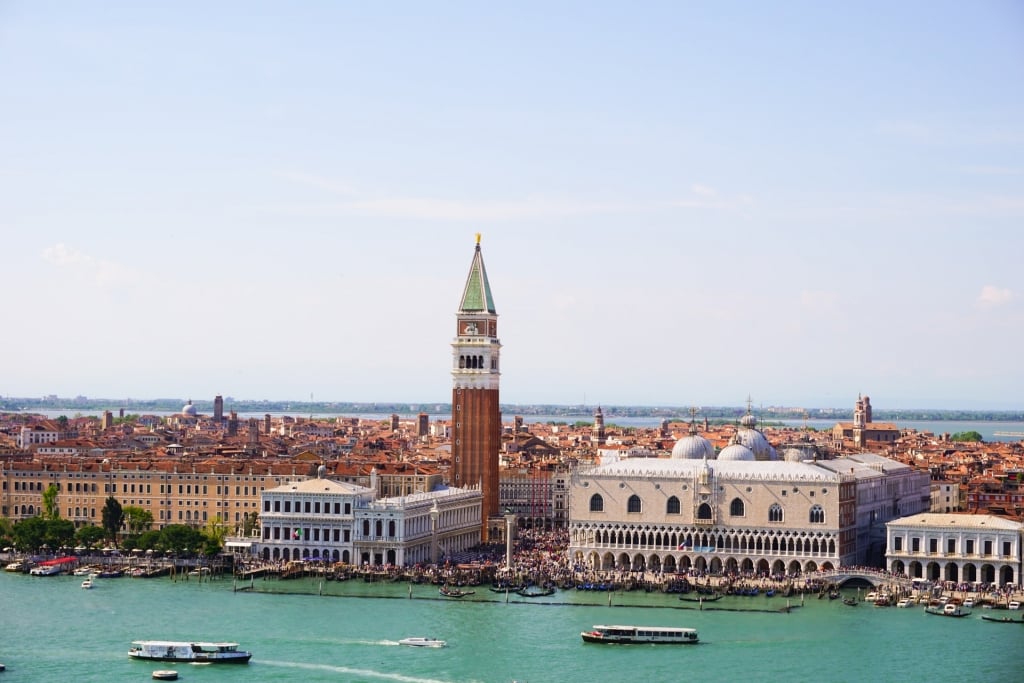
Visit the Doge’s Palace
Built in the Gothic style, the Doge’s Palace is an iconic building and a major landmark. Originally home to a 10th-century castle that was ravaged by fire, the palace was reconstructed in the 12th century. Built after the Byzantine-Venetian style, not much remains of that structure apart from some ground-floor walls and herring-bone pattern brick pavement. The imposing palace includes chambers, courtrooms and even secret rooms. Each of the walls in the Doge’s Palace, including the ceiling, is covered with famous paintings by various well-known artists. Find out the whole story with Clio Muse self-guided audio tour and virtual tour experience.
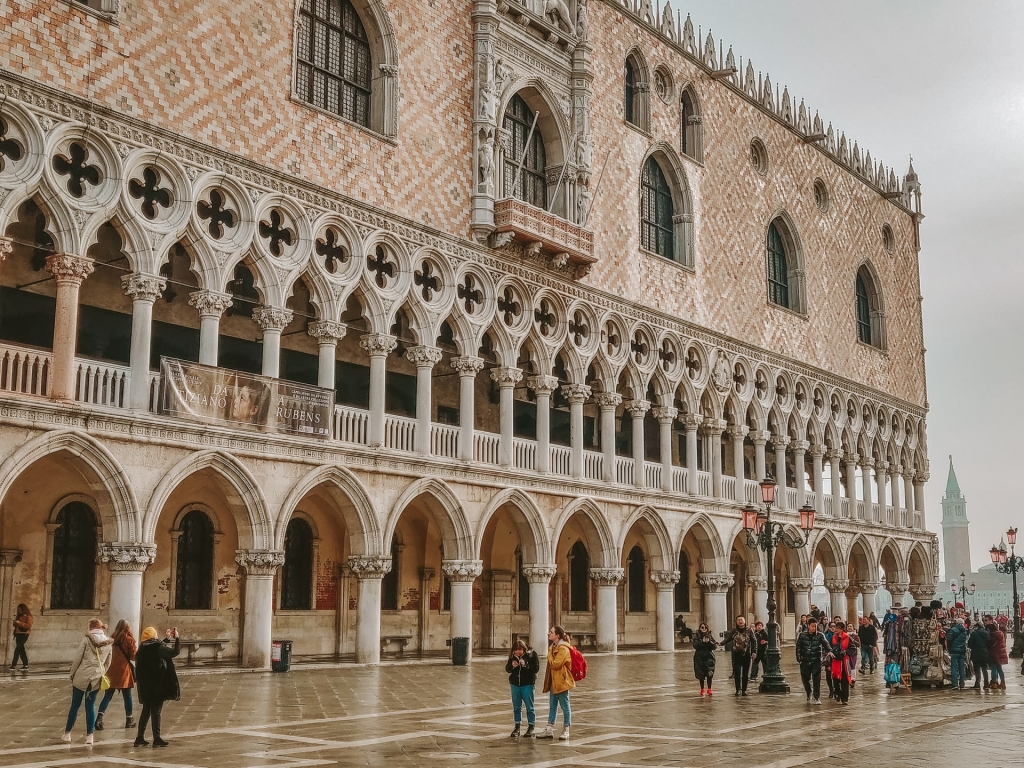
Leonardo Da Vinci Museum
Located in the city center, the Leonardo Da Vinci Museum has working replicas of the Renaissance master’s many inventions: the flying machine, war machines, mathematical modeling and engineering research that Da Vinci devoted much of his life to. There are also analyses of his finest artwork pieces and a great exhibit that explore his studies on the human body that influenced his painting.
Learn about glass-making in Murano
It is said that the Venetian glass, also known as Vetro Veneziano in Italian, has been made for over 1,500 years. Its production has been concentrated on the Venetian island of Murano since the 13th century. In addition to its artistic fame, Murano has a long history in glassmaking and was Europe’s major glass-making center from the Middle Ages through the Renaissance. During the 15th century, Murano glassmakers created Cristallo, which was almost transparent and considered the finest glass in the world. Murano glassmakers also developed a white-colored glass (milk glass called lattimo) that looked like porcelain. Take a vaporetto, the Venetian public waterbus to reach the island Murano where you’ll find many shops selling the worldwide-known glass.
Taste the mouthwatering Italian gelato
The Italian ice-cream commonly called Gelato (Italian pronunciation: [dʒeˈlaːto]) is has worldwide fame. And if you’re traveling in Italy you should definitely try as many flavors as possible. Nocciola (Hazelnut), Tiramisu, and Cantucci (Almond Cookie) are among the top. The Italians love chocolate, so it is no surprise that they have a variety of chocolate-flavored Gelato, such as Biscotto Della Nonna (Chocolate Chip Cookie), Gianduia (Milk Chocolate and Hazelnut) and Zuppa Inglese (Custard, Chocolate, Lady Fingers). In Italy, gelato will often come with the offer of being topped with la Panna (fresh cream) or maybe even la Panna montata (whipped cream). So if you hear the question “Vuole la panna?” you now know what they are asking you about.

Make your own Alberto Sarria Mask
Unleash your creativity by making one -or more- Alberto Sarria Masks. The world-famous papier-mâché masks are used for the theatre, carnival parties, as well as for home decoration. All crafted according to traditional Venetian artisans’ techniques, this is a fun and interesting activity you and your friends can do while visiting Venice. Not only you’ll learn how to paint and decorate a mask but while doing so you’ll discover the history of Venetian masks and its makers. Plus you’ll get a unique souvenir back home. From painting to gold leaf application, there are different traditional techniques that go into the Venetian mask-making industry. Some examples include the Colombina half mask, the Volto Full Face mask, and white Bauta.

Watch a music show of Venice’s best group
Attend a music show of the Venice Interpreti, a Venice-based group that plays pieces of Baroque composers such as Bach and Vivaldi. The group is well-known for adding a younger and more vibrant approach to their performances. Even though they play in various festivals around the world if you’re in Venice make sure to see their show in the San Vidal Church. The majestic interior of the church in combination with the musicians’ mesmerizing performance guarantee to offer you an unforgettable experience.
Follow the steps of Giacomo Casanova
Giacomo Girolamo Casanova was an Italian adventurer and author of the Republic of Venice. He has become so famous for his often complicated affairs with women that his name is now synonymous with “womanizer”. He was associated with European royalty, popes, and cardinals, along with luminaries such as Voltaire, Goethe, and Mozart. Learn his fascinating story and explore the less-touristy side of Venice with Clio Muse self-guided audio tour “Casavova’s tale of passion.”


